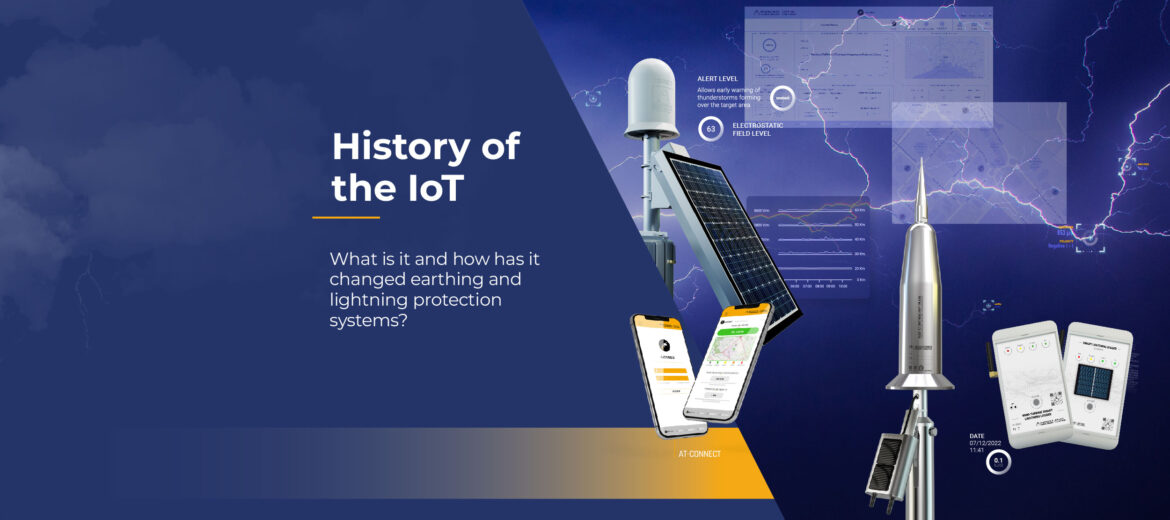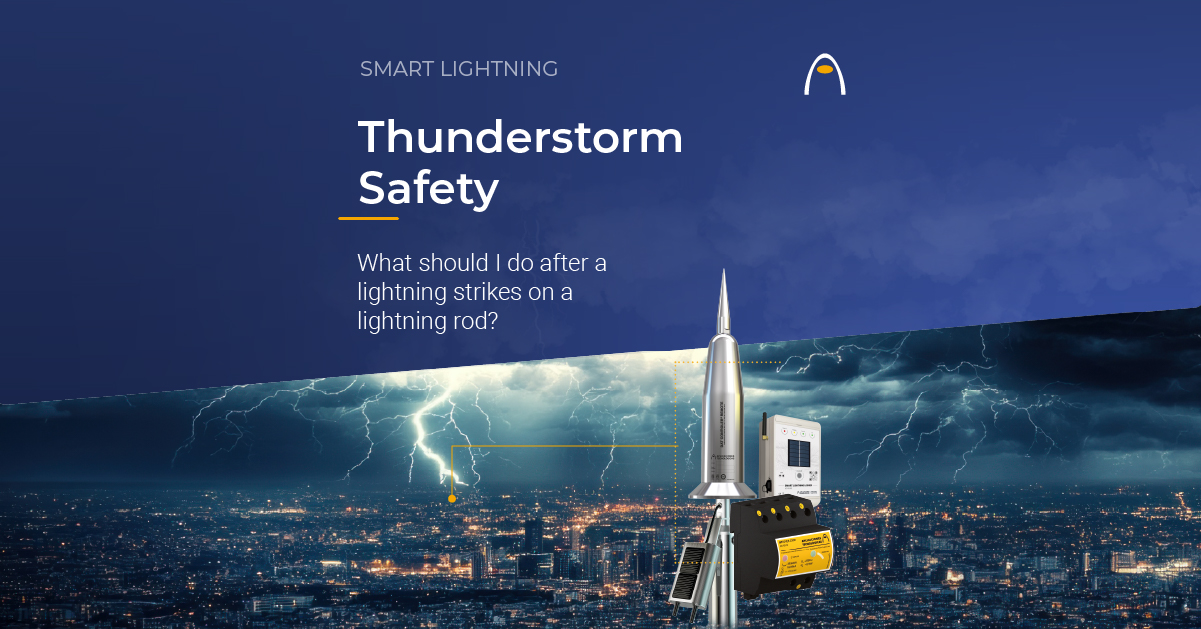The Internet of Things (IoT) is a technology that allows objects to connect to the internet and communicate with each other. IoT has enabled the development of new applications and services, such as home and factory automation, vehicle tracking and real-time patient monitoring. Its application in earthing and lightning protection systems has led to increased efficiency by providing real-time and remote information on the status of connected assets.
The concept of the Internet of Things refers to the grouping and interconnection of devices and objects through a network (either private or through a public network such as the Internet), where they can all be visible and interact. The origins of IoT date back to the 1980s, when the concept of ‘ubiquitous computing’ was developed, which refers to the idea that technology should be available everywhere and at all times. However, it was not until the arrival of wireless technology and the rise of internet connectivity at the beginning of the 21st century that the IoT as we know it today began to take shape.
Origins of the IoT
The first recorded object was, in the early 1980s, a soda machine in the computer science department of Carnegie Mellon University¹. This machine, which was highly popular due to its low price, was connected to a server that could tell how many bottles were left and how long they had been cooling by entering a command. This solution saved the department members a trip to the machine if the machine was not charged or had been charged recently so that the soft drinks were not cold yet.
Although this soft drink machine evolved in the following years, the first object connected to what we know today as the Internet was a toaster in 1990. The toaster was connected to the Internet via a TCP/IP network and was controlled by a Simple Network Management Protocol in a Management Information Base (SNMP MIB). It had a switch to turn it on and off and the intensity of the toast was controlled by how long it was left on.
The origins of the term “Internet of Things” are more controversial. On the one hand, it is dated 1985 in a speech given by Peter T. Lewis2, chairman and co-founder of America’s first mobile phone company, in Washington, D.C. Another version dates the first use of the term to a 1999 corporate presentation by Kevin Ashton3, a researcher specialising in RFID (Radio Frequency Identification) technology at MIT (Massachusetts Institute of Technology).
As technology has advanced in the 21st century, it has become possible to connect a wide range of devices, from domestic appliances and security devices to automobiles and medical equipment. Today, it is estimated that there are hundreds of millions of devices connected to the internet, and this number is expected to reach billions in the coming years.
IoT has enabled the development of new applications and services, such as home and factory automation, vehicle tracking and real-time patient monitoring, among other uses. It has also led to new business opportunities and increased efficiency in various sectors.
Let’s take a look at how this technology has enabled the evolution of lightning protection systems and earthing systems for the advent of Industry 4.0.
The IoT in lightning protection and earthing systems
All the products and services of the SMART EARTHING and SMART LIGHTNING families of Aplicaciones Tecnológicas S.A. are equipped with Internet of Things (IoT) technology to provide information at all times on both the status of the installation or structure they monitor and their own status. In addition, thanks to this technology, they receive automatic improvements and updates.
In this way, the smart lightning conductor DAT CONTROLER ® REMOTE communicates via IoT the data of the installation and the state of the lightning conductor on a daily basis. Thus, the information is always available to the user and enables monitoring and proper preventive and corrective maintenance of the installation.
The SMART EARTHING MONITORING SYSTEM solution continuously monitors earthing systems to prevent critical situations. The ATSTORM® storm detection system, thanks to its dual sensor technology, warns of both storms that are forming on the target to be protected and those that are approaching and issues warnings sufficiently in advance to protect equipment and people.
The smart lightning counters SMART LIGHTNING LOGGER and WIND TURBINE SMART LIGHTNING LOGGER (specifically for wind turbine blades in the wind energy sector) are also equipped with this technology. Both counters continuously monitor the activity in the down conductor of the lightning rod, providing information about each lightning discharge on its amplitude, polarity, duration, charge, specific energy, date and time.
If you want to know more about smart technology applied to earthing and lightning protection systems, you can contact us via this link.
You can also attend any of our free online training on this and other topics on our webinar page.
References
1. The “Only” Coke Machine on the Internet
2. Sharma, Chetan. “Correcting the IoT History“
3. Ashton, Kevin. ‘That ‘Internet of Things’ Thing’ RFID Journal (Junio de 2009)



